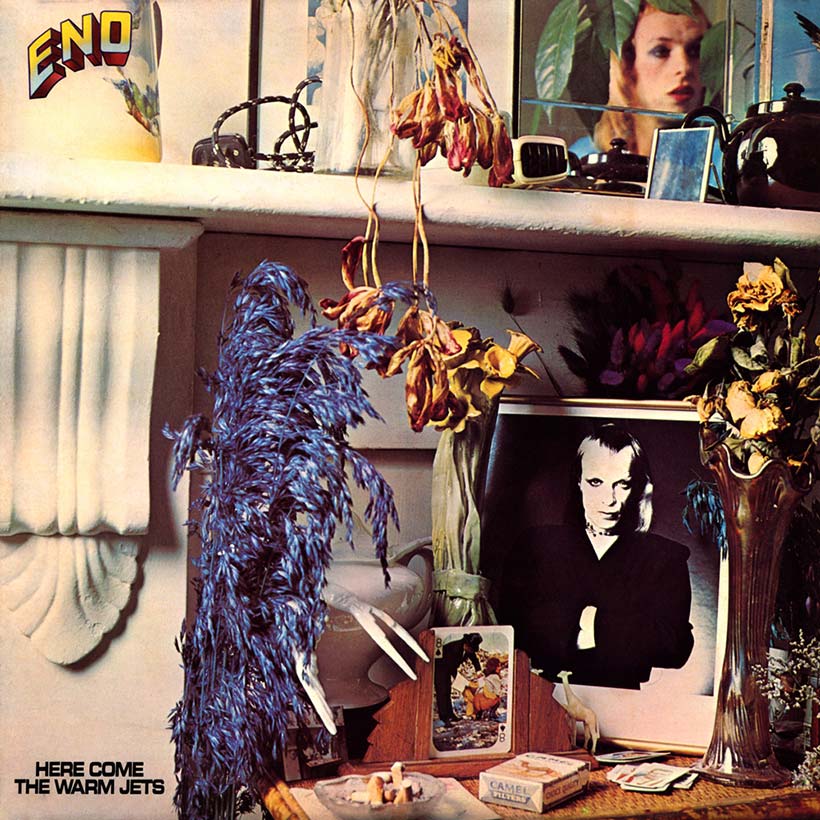
When Brian Eno left Roxy Music in July 1973, he claimed to the music press that he was planning to form a new ensemble called Luana And The Lizard Girls – a provocative undertaking which, as Eno biographer David Sheppard related, would only perform “in improbable venues such as launderettes and massage parlors.“ Luana And The Lizard Girls didn’t happen, but Eno’s stated aim (to “drag together a bunch of bizarre people”) came to fruition when sessions began, two months later, for his first solo album, Here Come The Warm Jets.
Listen to Here Come The Warm Jets on Apple Music and Spotify.
Not that the musicians Eno gathered around him could – or should – be described as “bizarre”, exactly: more that their disparate and contrasting styles represented a determined (and career-long) desire on Eno’s part to encourage fresh and intuitive modes of thought, eradicate boundaries, and throw the mixture up in the air and construct enduring art from the falling fragments.
Among those filing into London’s Majestic Studios in September 1973 were guitarists Robert Fripp (King Crimson), Chris Spedding and Paul Rudolph (Pink Fairies), bassists John Wetton, Busta Jones and Bill MacCormick (Matching Mole), drummer Simon King (Hawkwind), and a clutch of Eno’s former Roxy Music bandmates. An all-star assemblage, but the results were mercifully free of the extended jamming one might have expected, cleaving instead to Eno’s subversive avant-pop tendencies. Here was a bold sonic statement which, in part, just about qualified as a glam curtain call, but which also hinted at enticing new avenues of expression.
If the Velvet Underground-indebted “Needles In The Camel’s Eye” and the malformed Bo Diddley shudder of “Blank Frank” suggested an aesthete’s fascination with a particularly raw-boned arm of rock history, the suffocating, bedeviled “Driving Me Backwards” trudged stoically into an all-consuming darkness. (It’s tempting also to imagine that the delirious, atonal synth manipulation of “The Paw Paw Negro Blowtorch” and the arch, decadent tease of “Dead Finks Don’t Talk” referenced Eno’s own recent past in Roxy Music.)
Throughout, Eno’s enigmatic lyrics painted playfully surreal word pictures (“Juanita and Juan, very clever with maracas” in “Baby’s On Fire”), or tapped a vein of waspish venom (“Oh you headless chicken, can those poor teeth take so much kicking?” in “Dead Finks Don’t Talk”).
Released by Island Records in January 1974, Here Come The Warm Jets rose to No.26 in the UK. If Eno’s solo albums would never again trouble in the charts in quite the same manner, it goes without saying that, with further releases, plus an epochal Bowie collaboration in the wings, his sphere of influence was poised to go through the roof.
Here Come The Warm Jets can be bought here.
For the latest music news and exclusive features, check out uDiscover Music.
uDiscover Music is operated by Universal Music Group (UMG). Some recording artists included in uDiscover Music articles are affiliated with UMG.